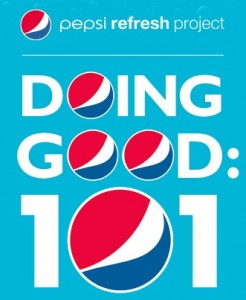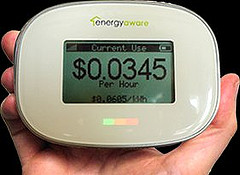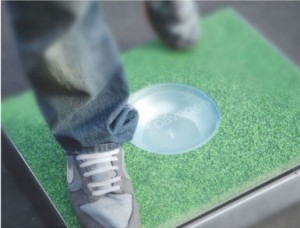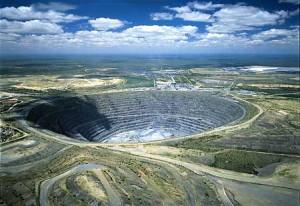I was checking out the Olgivyearth website after we talked about it in class recently. One of their case studies is on Qantas. Naturally I am drawn to reading about Qantas after spending so much time traveling with them in Australia. I was presently surprised to learn that Qantas implemented a ‘begreen’ sustainability program. I guess what I really liked about the program is that it wasn’t about marketing themselves as a green brand to consumers or trying to make flying ‘greener,’ but its about doing all the little things internally. It was about creating meaningful behavioral change throughout the company, from flight crew to engineering, customer service to catering.
An airline creates a grassroots effort to become a leader in sustainability.
What OgilvyEarth did was “educate all employees in key messages and proof points, while at the same time developing an action plan that was localized to gain real traction across a broad range of initiatives focused on fuel, energy, water and waste.”
They may be simple changes but changes nonetheless: Qantas has already seen a number of exciting actions, ranging from the brand team turning off Qantas logos on buildings, to turning off lights in offices when not in use and deeper education on fuel conservation plans. Awareness and growth of the program continue to be strong with over 350 volunteers joining the “begreen” program in the first six months and increased requests for take home information.








